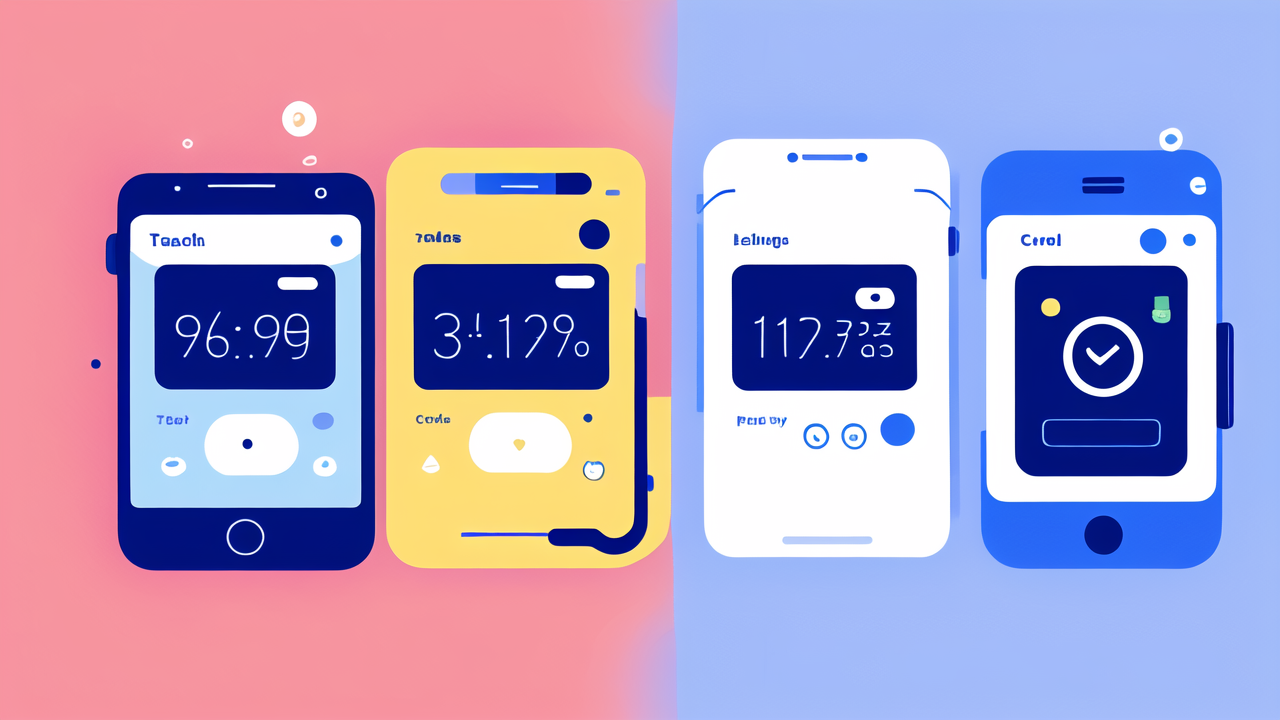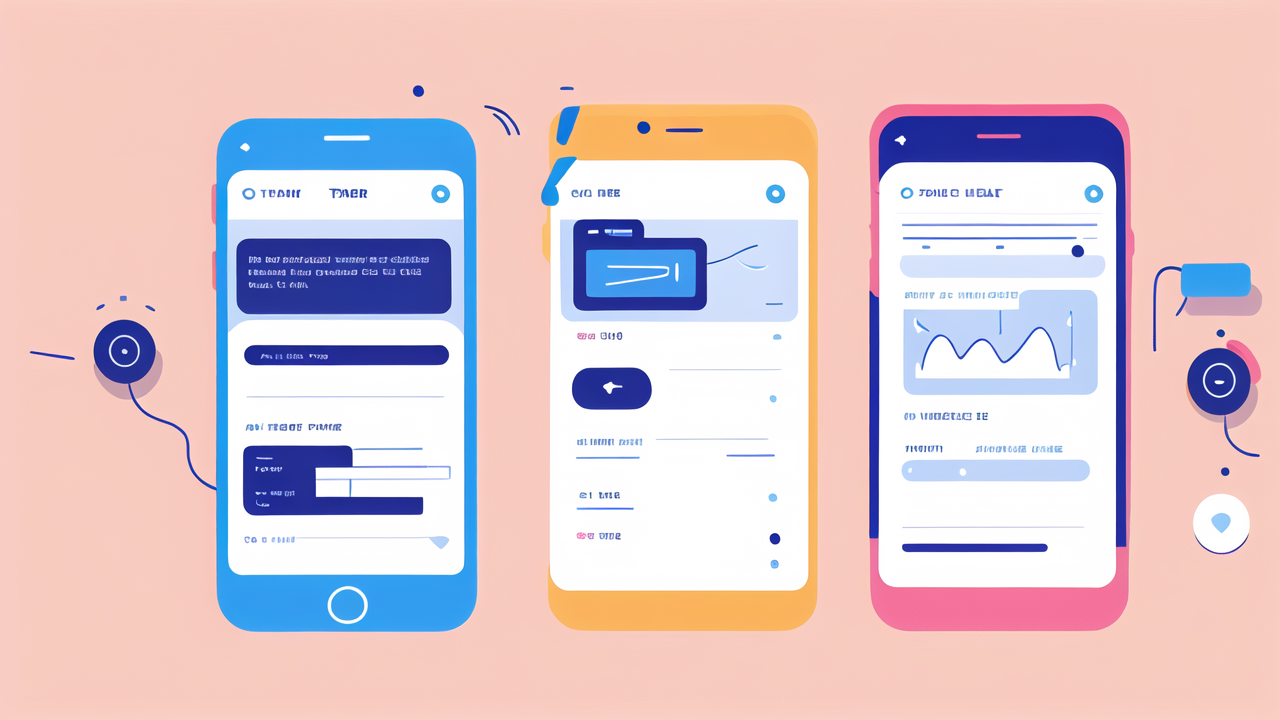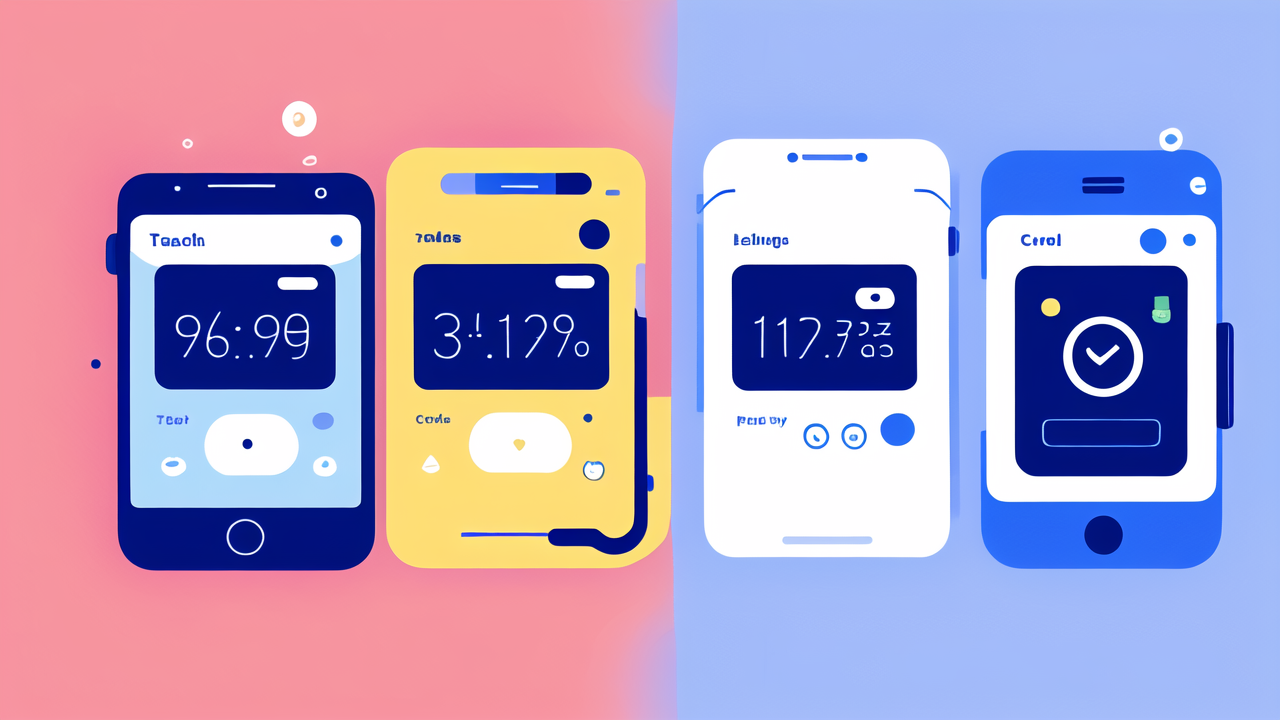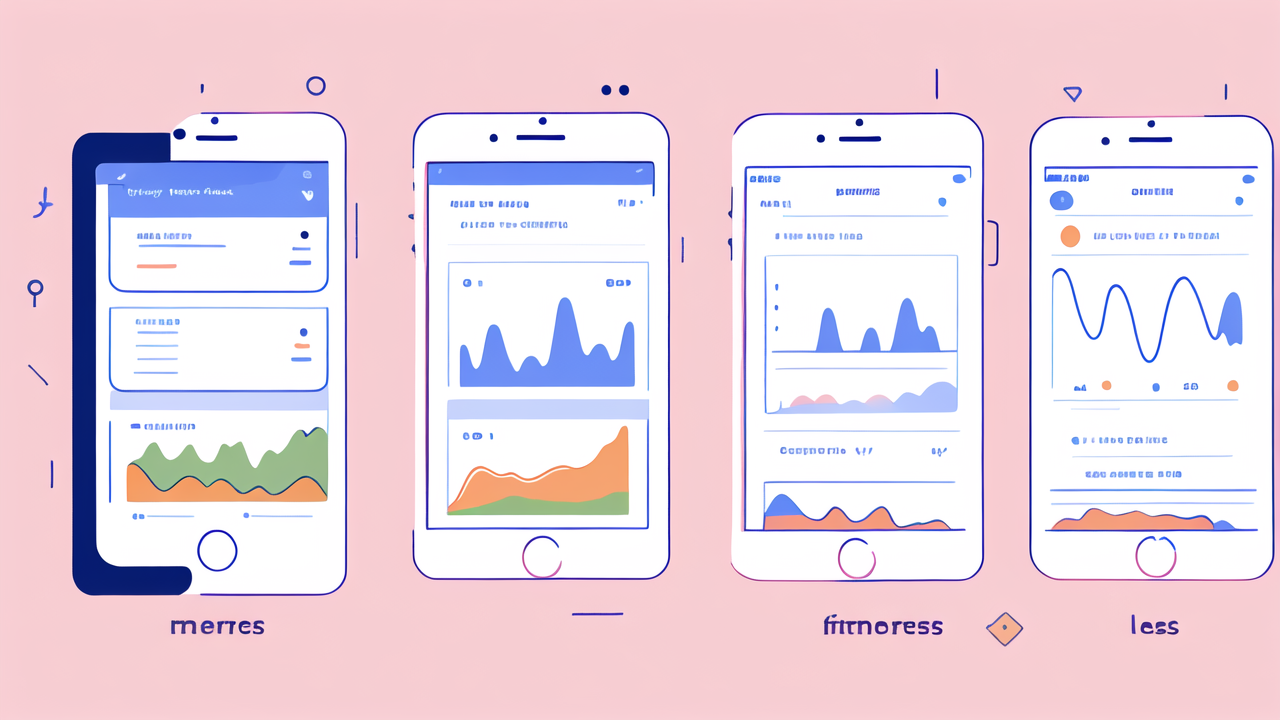The Evolution of Fitness Tracking: From Wristbands to Smart Bracelets
Historical Development and Technological Advancements
The journey of fitness tracking devices has been remarkable. It started with simple pedometers in the 1960s. These basic step counters paved the way for more advanced tech. In the early 2000s, we saw the first digital wristbands. They could track steps and estimate calories burned.

As technology improved, so did these devices. The introduction of smart bracelets marked a big leap forward. These gadgets combined fitness tracking with smart features. They could sync with smartphones and provide real-time data. Heart rate monitors and GPS became standard features.
Today's smart bracelets are mini-computers on your wrist. They can track sleep patterns, stress levels, and even blood oxygen. Some can even detect irregular heartbeats. The evolution continues with new sensors and AI integration. These advances make fitness tracking more accurate and useful than ever before.
Comparative Analysis of Fitness Tracker Features Over Time
Early fitness trackers were limited in their capabilities. They mainly counted steps and estimated calories. Today's smart bracelets offer a wide range of features. Let's compare the key differences:
- Display: Old trackers had simple LED displays. Now, we have full-color touchscreens.
- Battery Life: Early models lasted days. Modern ones can go weeks between charges.
- Connectivity: Bluetooth syncing has replaced manual data entry.
- Water Resistance: Many current models are swim-proof.
- Health Monitoring: Advanced sensors track heart rate, sleep, and more.
- Smart Features: Notifications, payments, and apps are now common.
- Data Analysis: AI-powered insights help users understand their health better.
The progress in just a decade is stunning. Smart bracelets now offer features once found only in medical devices. They've become essential tools for fitness and overall health management.
Analyzing the Top Smart Bracelets for Fitness Enthusiasts in the United States
Key Features That Distinguish Leading Fitness Trackers
The best smart bracelets stand out with their advanced features. Here are some key aspects that set top models apart:

- Accuracy: High-quality sensors ensure precise data collection.
- Battery Life: Long-lasting power is crucial for continuous tracking.
- Durability: Robust build quality withstands active lifestyles.
- User Interface: Intuitive controls and clear displays enhance usability.
- App Integration: Seamless syncing with smartphones provides in-depth analysis.
- Customization: Personalized goals and alerts cater to individual needs.
- Multi-Sport Modes: Tracking for various activities beyond just steps.
- Sleep Analysis: Detailed insights into sleep patterns and quality.
- Stress Monitoring: Features to track and manage stress levels.
- Smart Notifications: Alerts for calls, texts, and apps keep users connected.
Leading brands focus on these features to create comprehensive fitness companions. They aim to provide a holistic view of the user's health and activity.
How These Smart Bracelets Enhance Workout and Daily Activities
Smart bracelets have become integral to many people's fitness routines. They offer real-time feedback during workouts. This instant data helps users adjust their intensity and form. For runners, GPS tracking provides accurate distance and pace information. Swimmers benefit from water-resistant models that track laps and strokes.
In daily life, these devices offer continuous health monitoring. They can track heart rate variability to detect stress. Sleep tracking helps users understand their rest patterns. Some models even remind users to move when they've been inactive too long.
Many smart bracelets now include guided breathing exercises. These help manage stress throughout the day. Step counting encourages users to stay active. Calorie tracking assists with dietary goals. By providing a complete picture of daily habits, these devices promote a healthier lifestyle.
Smart notifications keep users connected without constant phone checks. This feature is particularly useful during workouts or busy days. Some advanced models can even make payments, replacing the need for a wallet during exercise.
Strategic Choices for Consumers in the Smart Bracelet Market
Understanding the Price Point Versus Functionality Trade-Off
When shopping for a smart bracelet, consumers face a key decision. They must balance cost against features. Entry-level models offer basic tracking at lower prices. High-end devices provide advanced features but cost more. Here's a breakdown of what to expect at different price points:

- Budget-Friendly ($30-$50):
- Basic step and calorie tracking
- Simple sleep monitoring
- Water-resistant design
- Limited smartphone notifications
- Mid-Range ($50-$150):
- Heart rate monitoring
- More accurate fitness tracking
- Advanced sleep analysis
- Full smartphone notifications
- Longer battery life
- Premium ($150+):
- GPS tracking
- ECG and blood oxygen monitoring
- Stress tracking and management
- On-device music storage
- Contactless payments
- Premium materials and design
Consumers should consider their needs and budget. A casual user might be satisfied with a basic model. Fitness enthusiasts may benefit from advanced features. It's important to choose a device that aligns with personal goals and lifestyle.
Long-Term Benefits of Investing in a High-Quality Fitness Tracker
Investing in a high-quality smart bracelet can offer significant long-term benefits. These devices provide valuable insights into health and fitness. Over time, this data can lead to meaningful lifestyle changes. Here are some key advantages:
- Health Awareness: Continuous monitoring helps users understand their body better.
- Motivation: Goal-setting and progress tracking encourage consistent exercise.
- Sleep Improvement: Detailed sleep analysis can lead to better rest habits.
- Stress Management: Stress tracking features promote mental well-being.
- Preventive Health: Early detection of irregular heart rhythms can be life-saving.
- Fitness Progress: Long-term data shows improvements in cardiovascular health.
- Habit Formation: Regular reminders help establish healthy routines.
- Community Support: Many apps offer social features for motivation and competition.
- Time Management: Smart notifications help balance work and personal life.
- Financial Savings: Improved health can lead to lower medical costs over time.
A quality smart bracelet is more than just a gadget. It's an investment in long-term health and wellness. The initial cost may be higher, but the potential benefits are substantial. Users often find that these devices become essential tools in their daily lives.
In conclusion, smart bracelets have revolutionized personal fitness tracking. They offer a range of features to suit different needs and budgets. By choosing the right device, users can gain valuable insights and motivation. This technology has the power to inspire lasting positive changes in health and lifestyle.




Leave a comment
This site is protected by hCaptcha and the hCaptcha Privacy Policy and Terms of Service apply.